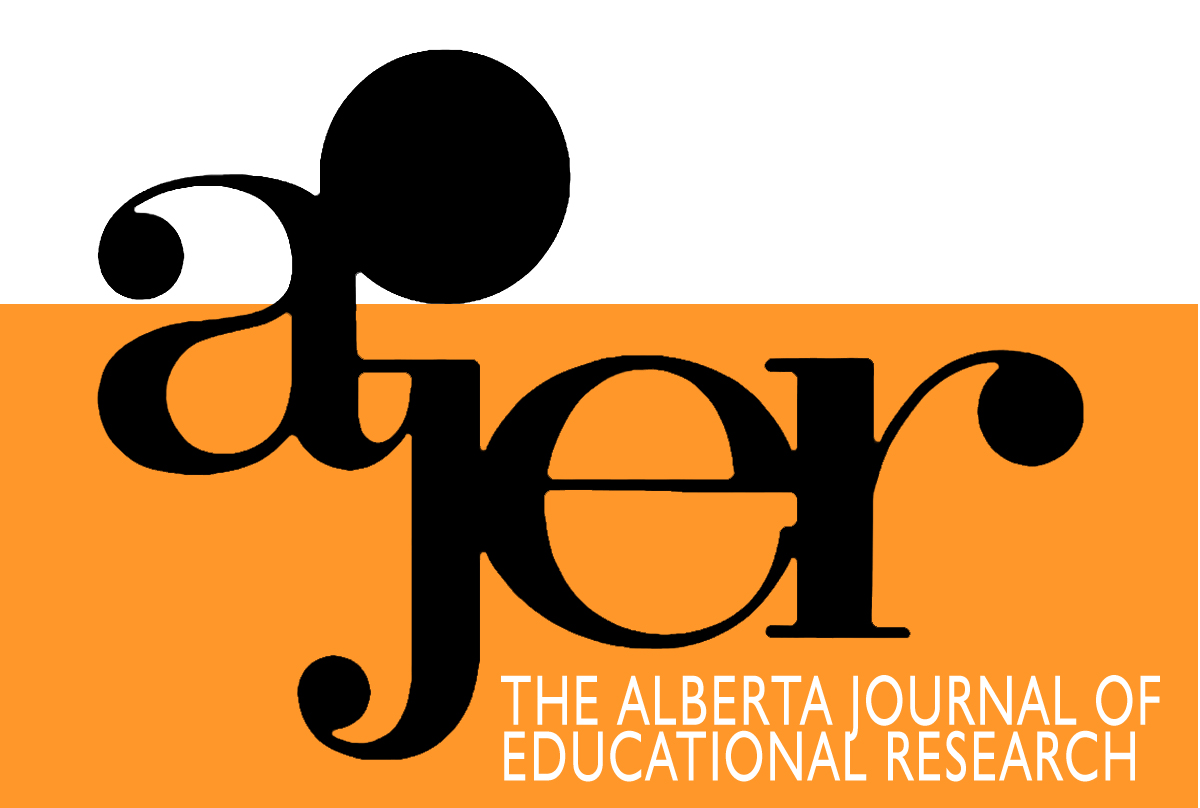Teachers who Initiate Changes with an Ebook-Integrated Curriculum: Revisiting the Developmental Assumptions of Stages of Concerns in the Concerns-Based Adoption Model
DOI:
https://doi.org/10.55016/ojs/ajer.v63i1.56146Keywords:
Concerns-Based Adoption Model (CBAM), Teachers as Change Agents, Technology-integrated Curriculum, e-book, Mots clés, enseignants comme agents du changement, programme d’études avec technologie intégrée, livre électrAbstract
Understanding teachers’ concerns about integrating new technology to their curricular practices is essential for the improvement of pedagogical practices. Using in-depth interviews, this study aims 1) to explore and describe concerns of teachers who attempted to initiate ebook-integrated curriculum independently in a higher education setting, and 2) to examine how well the Stages of Concerns (SoC) in Concerns-Based Adoption Model (CBAM) explains the change processes of the teachers. This study challenges the developmental assumptions underlying the SoC in CBAM and suggests that the theoretical framework must address individuals’ idiosyncratic traits as a contextual factor to better explain the change processes of teachers who initiate change in higher education. Additionally, future research directions pertaining to the adoption of innovations by teachers are suggested.
Afin d’améliorer les pratiques pédagogiques, il est essentiel de comprendre les préoccupations qu’ont les enseignants par rapport à l’intégration de la nouvelle technologie à leurs pratiques pédagogiques. Reposant sur des entrevues en profondeur, cette étude a comme objectif, d’une part, d’explorer et de décrire les préoccupations d’enseignants qui ont tenté, de façon autonome, d’initier un programme d’études intégrant des livres électroniques dans un milieu universitaire, et d’autre part, d’examiner la mesure dans laquelle les étapes de préoccupation du modèle d’adoption reposant sur les préoccupations (Concerns-Based Adoption Model – CBAM) réussissent à expliquer les processus de changement chez les enseignants. Cette étude remet en question les hypothèses développementales sur lesquelles sont fondées les étapes de préoccupation du CBAM et propose que le cadre théorique doit considérer l’idiosyncrasie des gens comme facteur contextuel pour mieux comprendre les processus de changement des enseignants qui initient des changements dans les milieux universitaires. Nous proposons également des orientations de recherche à l’avenir portant sur l’adoption d’innovations par les enseignants.
Downloads
Downloads
Published
How to Cite
Issue
Section
License
UNIVERSITY OF ALBERTA COPYRIGHT LICENSE AND PUBLICATION AGREEMENT
If accepted, authors will be asked to sign a copyright agreement with the following points:
A. Where there is any inconsistency between this Copyright License and Publication Agreement and any other document or agreement in relation to the same subject matter, the terms of this Agreement shall govern.
B. This document sets out the rights you are granting in relation to publication of your article, book review, or research note entitled (the “Article”) through inclusion in the academic journal titled Alberta Journal of Educational Research (the “Journal”) published through the Faculty of Education, representing the Governors of the University of Alberta (the “Journal Editor”).
C. There will be no payment to you for this publication and grant of rights. In consideration of the agreement to publish the Article in the Journal:
1. You are warranting that:
- the content of the Article is your original work, and its content does not contain any material infringing the copyright of others; or, where the Article is not entirely your original work, you have obtained all necessary permissions in writing to grant the rights you are giving in this agreement;
- the content of the Article does not contain any material that is defamatory of, or violates the privacy rights of, or discloses the confidential information of, any other person;
- the Article has not been published elsewhere in whole or in part, and you will not allow publication of the Article elsewhere without the consent of the Journal Editor;
- the names of all co-authors and contributors to the Article are:
2. You agree to license the copyright in the Article to the Journal Editor, on a worldwide, perpetual, royalty free basis; and to the extent required by the terms of this agreement. You shall retain the right at all times to be acknowledged as the/an author of the Article.
3. You further agree that the Journal Editor has the entitlement to deal with the Article as the Journal Editor sees fit, and including in the following manner;
- The right to print, publish, market, communicate and distribute the Article and the Journal, in this and any subsequent editions, in all media (including electronic media), in all languages, and in all territories, ing the full term of copyright, and including any form of the Article separated from the Journal, such as in a database, abstract, offprint, translation or otherwise, and to authorize third parties to do so;
- The right to register copyright of the Journal;
- The right to edit the Article, to conform to editorial policy as the Journal Editor sees fit.
4. If any co-author or contributor to the Article does not sign this agreement, the Journal Editor reserves the right to refuse to publish the Article.



